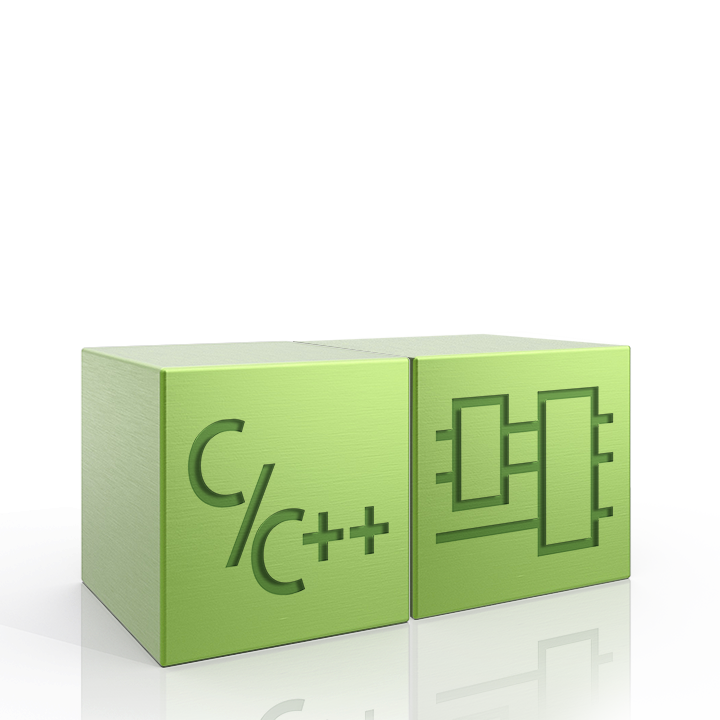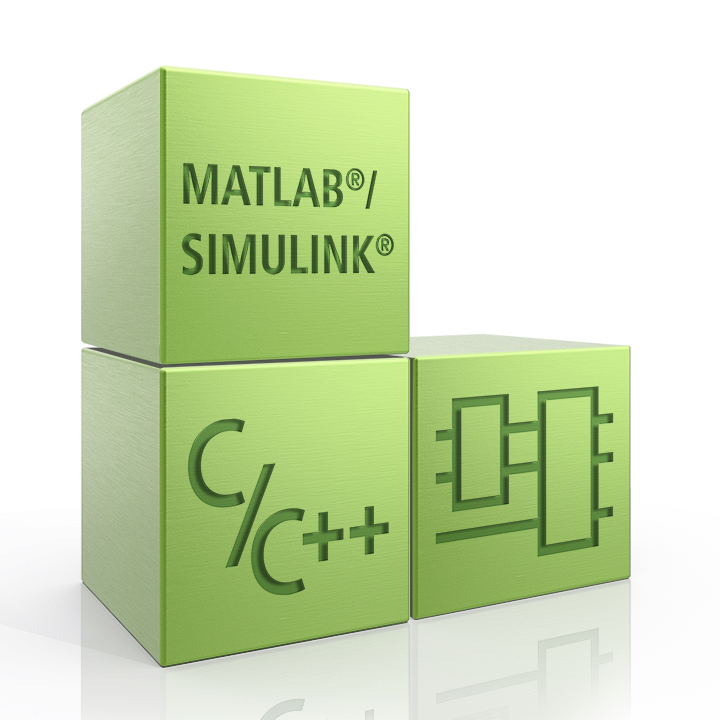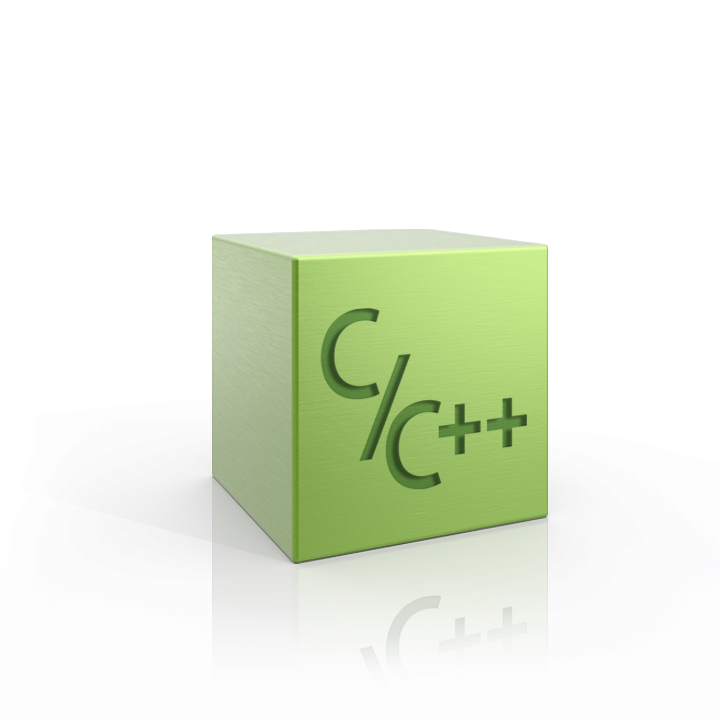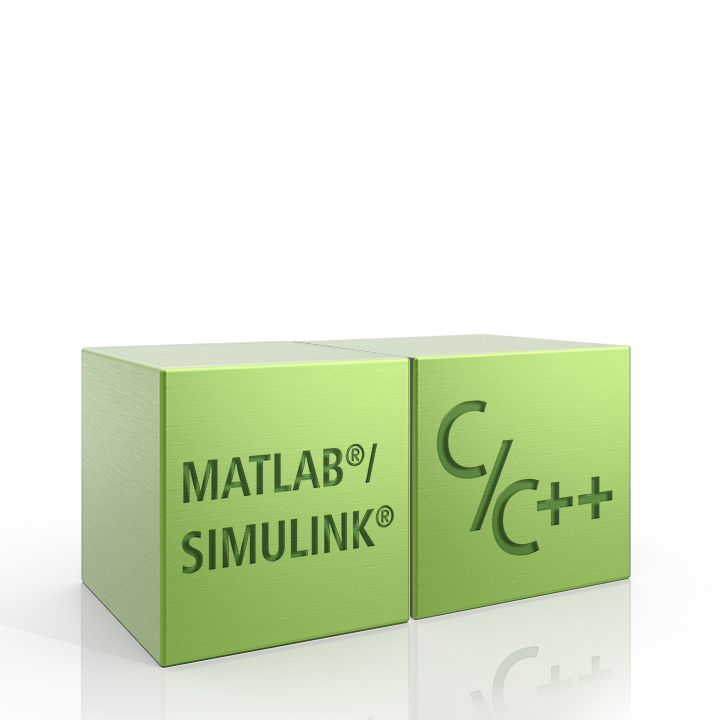C/C++ is one of the most widely used programming languages all over the world and is continually being maintained and expanded.
TwinCAT 3 offers the possibility to program automation projects with the assistance of the C/C++ languages.
The focus is on modularity, reusability and simple handling, which also enables direct interaction with program codes from other programming languages.
In this 30-minute webinar, Dr.-Ing. Henning Mersch, Product Manager TwinCAT, presents principles and application examples of C++ programming in a TwinCAT 3 environment, which have been available since TwinCAT 3.1 Build 4024.
The webinar is aimed at practice-orientated users who already have some experience with the TwinCAT automation software and C++.
More about this video

TC1210 | TwinCAT 3 PLC/C++
Based on the TwinCAT 3 PLC TC1200, TC1210 offers the additional option of using C++ modules in the runtime parallel to the PLC through TC1300 TwinCAT 3 C++.

TC1220 | TwinCAT 3 PLC/C++/MATLAB® and Simulink®
Based on TC1210 TwinCAT 3 PLC/C++ and through TC1320 TwinCAT 3 C++/MATLAB® and Simulink®, TC1220 additionally offers the possibility to use modules in MATLAB® and Simulink®. MATLAB® and Simulink® is a widely used development environment in the scientific field and is used, among other things, for the description of dynamic systems. From this environment, it is possible to generate C++ code that implements the behavior described. TwinCAT 3 runtime modules can be generated using TE140x products.

TC1300 | TwinCAT 3 C++
C++ is one of the most widely used programming languages, especially when it comes to hardware-oriented programming. The continual further development of C++, which is reflected in the further development of the compiler and tooling over the last few decades, is driven forward by an active developer community.

TC1320 | TwinCAT 3 C++/MATLAB® and Simulink®
MATLAB® and Simulink® is a widely used development environment in the scientific field and is used, among other things, for the description of dynamic systems. From this environment, it is possible to generate C++ code that implements the behavior described. TwinCAT 3 runtime modules can be generated using TE140x products.